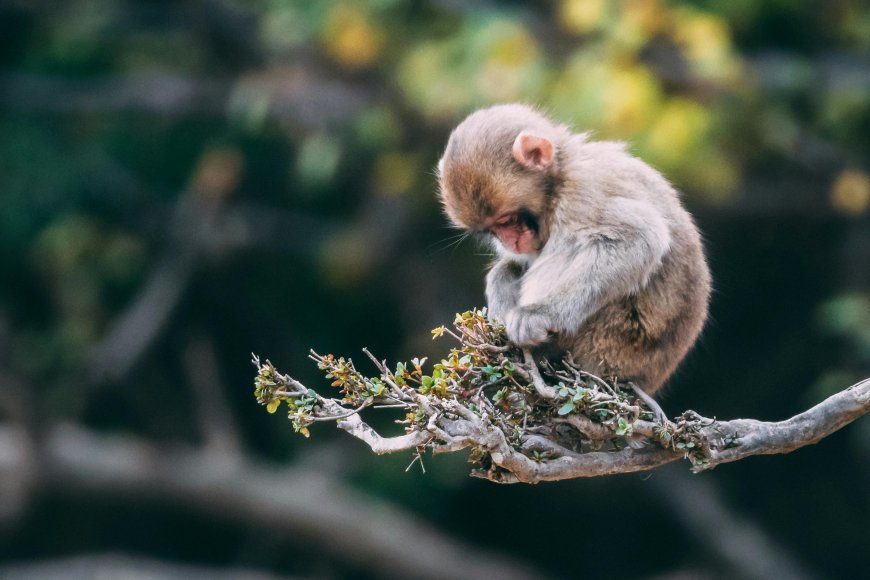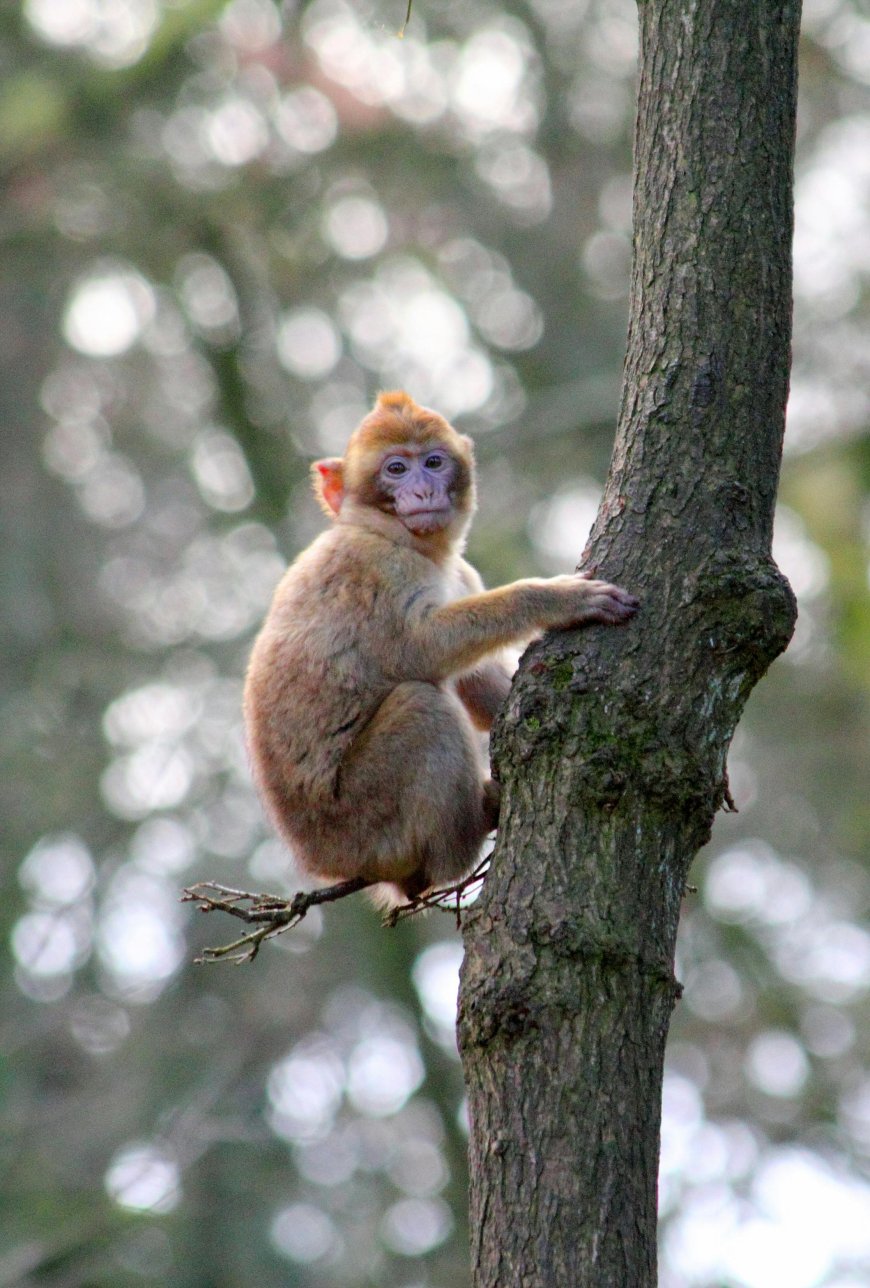Monkeys Falling from Trees and Barnacles Baking: How Extreme Heat Is Pushing Animals Toward Extinction
From monkeys dropping dead in Mexico to barnacles cooking on rocks, extreme heat is driving mass wildlife die-offs and pushing species toward extinction.

As global temperatures climb to record-breaking levels, the natural world is revealing its breaking point. From monkeys in Mexico falling lifeless from trees to barnacles literally baking on coastal rocks, extreme heat waves are leaving a trail of devastation across ecosystems. Scientists warn these events are no longer isolated but part of a worsening global trend that threatens mass extinction.
Monkeys Falling from the Sky in Mexico
In May, locals in southern Mexico were horrified to find howler monkeys collapsing from treetops during an intense heatwave. Dozens of primates died within hours, unable to cope with the soaring temperatures that topped 45°C (113°F). Veterinarians said dehydration and heatstroke were the primary killers, with limited shade and dwindling water sources compounding the crisis.
For species already endangered, such sudden die-offs can accelerate population decline. “We are witnessing climate change killing animals in real time,” one Mexican conservationist said.
Barnacles Cook Alive in Canada
On the other side of the world, Canada faced a similar horror. During the infamous 2021 Pacific Northwest heat dome, scientists discovered billions of mussels and barnacles roasted alive along British Columbia’s shoreline. Temperatures on exposed rocks exceeded 50°C (122°F), essentially turning intertidal zones into ovens.
These marine die-offs not only devastate species but also disrupt food chains that support seabirds, fish, and local fisheries.
Rising Temperatures, Rising Death Toll
According to climatologists, the frequency of mass mortality events linked to heatwaves has increased dramatically in the past decade. Among the most notable examples:
-
Flying foxes in Australia dropping dead by the thousands during summer heat spikes.
-
Fish kills in overheated rivers and lakes across Europe and North America.
-
Bird deaths in India, where rescuers collect parched birds collapsing from the skies each summer.
Each incident underlines how animals often have nowhere to escape when their habitats exceed their thermal limits.
Why Heat Hits Harder Than Other Threats
Unlike deforestation or hunting, extreme heat offers no safe refuge. Species can sometimes adapt to gradual change, but heatwaves strike suddenly and intensely, leaving no time for migration or recovery. Smaller or sedentary animals—like shellfish, amphibians, and bats—are particularly vulnerable.
Scientists argue that climate-driven heat stress is becoming one of the fastest accelerators of extinction, rivaling habitat loss.
Human Responsibility and Warning Signs
The consequences are not just ecological but also human. Collapsing ecosystems mean disrupted agriculture, fisheries, and food chains. For many communities, especially in the Global South, wildlife deaths signal impending threats to their own survival.
Conservationists stress the urgency of reducing greenhouse gas emissions and creating wildlife heat refuges—such as reforested areas, artificial shade, and restored wetlands. Without such measures, they warn, more species could vanish in our lifetimes.
A Global Call to Action

From Mexico’s forests to Canada’s shores, the message is clear: extreme heat is no longer just a human health crisis—it is a biodiversity crisis. The haunting image of monkeys tumbling from trees and barnacles baking in their shells may become symbols of a planet losing its ability to sustain life.
Unless swift global action is taken, scientists caution, we may witness the collapse of ecosystems faster than previously predicted.
What's Your Reaction?
 Like
0
Like
0
 Dislike
0
Dislike
0
 Love
0
Love
0
 Funny
0
Funny
0
 Angry
0
Angry
0
 Sad
0
Sad
0
 Wow
0
Wow
0
































































